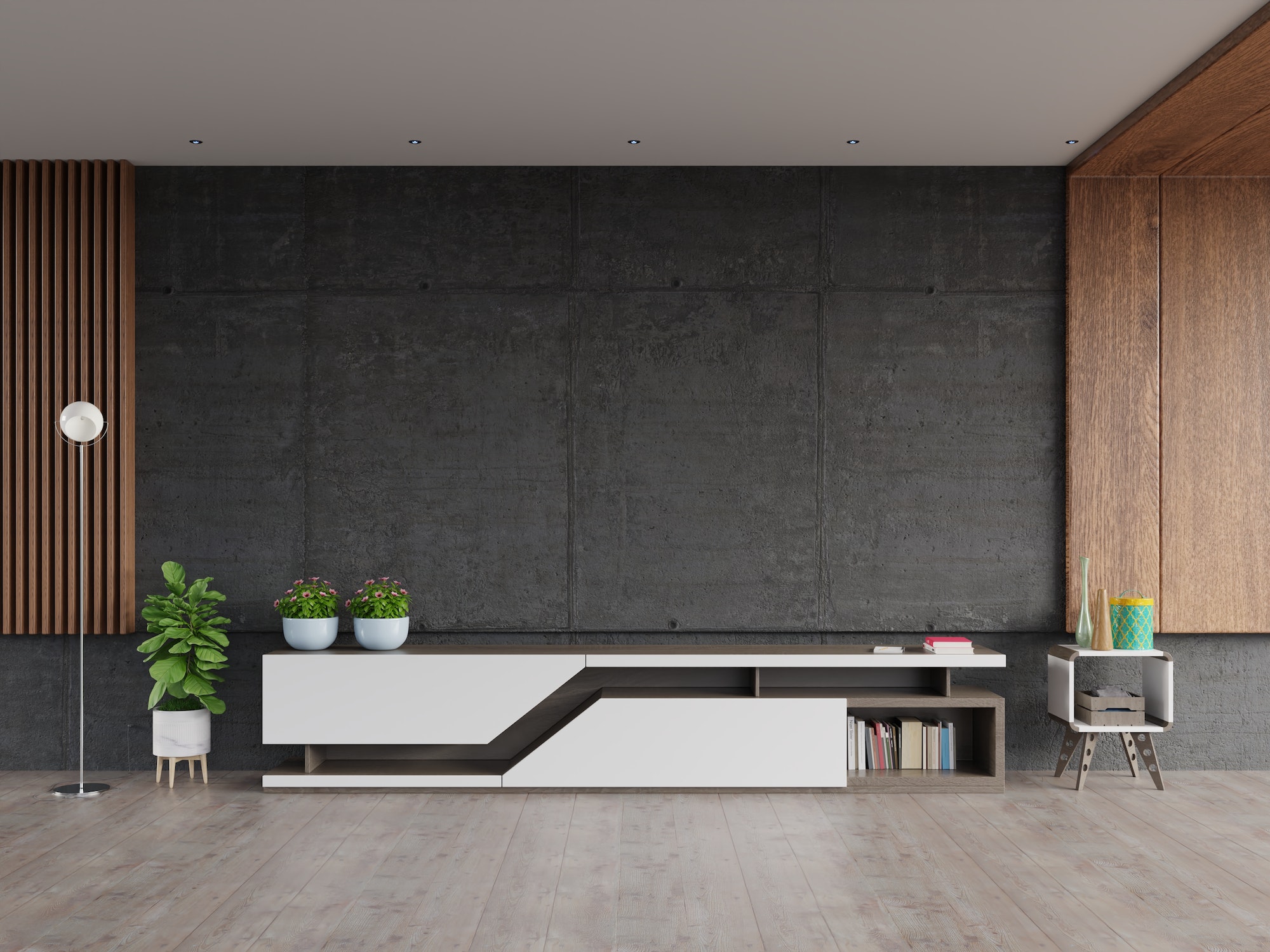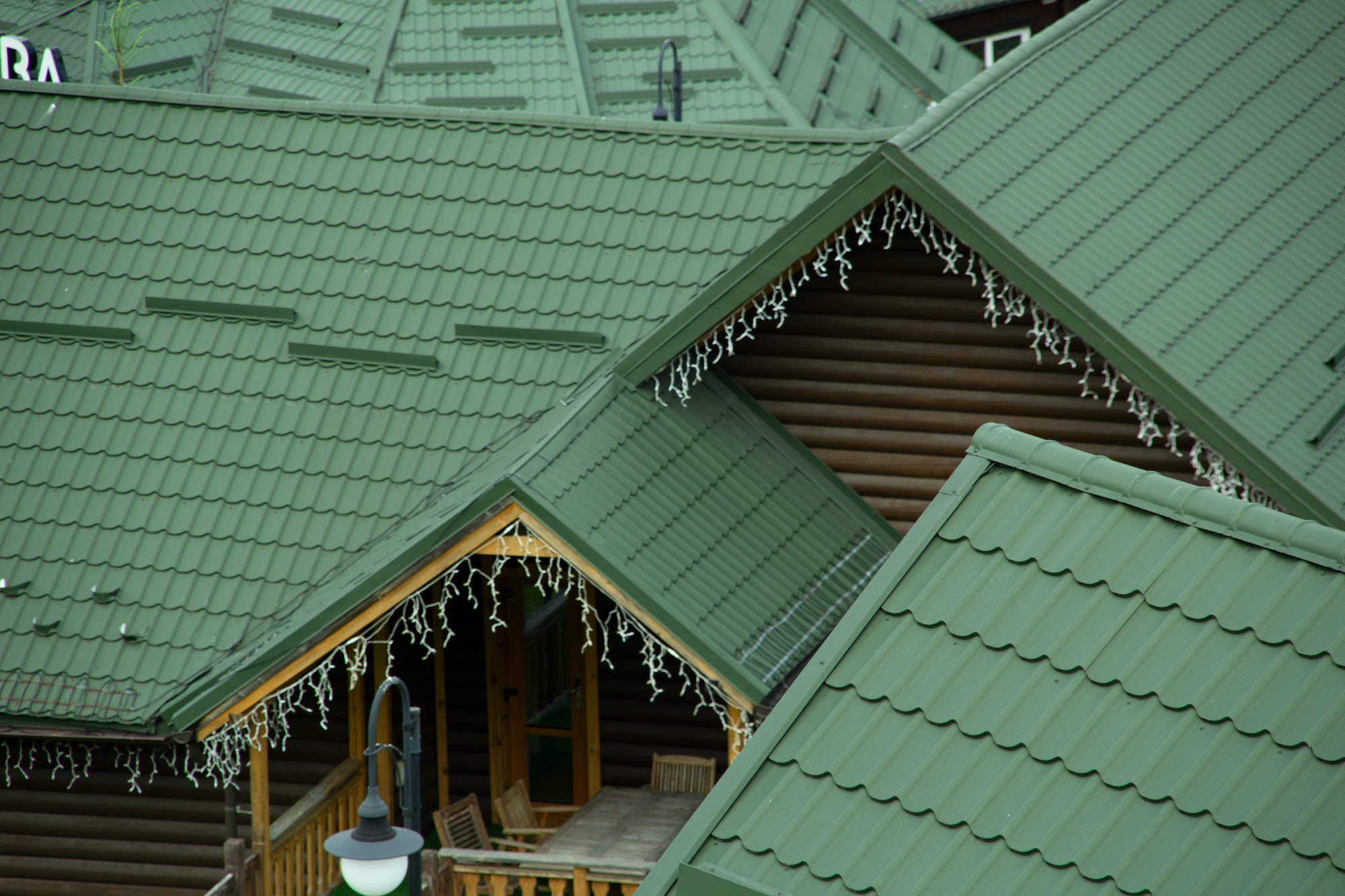Despite the real estate market starting to stabilize, rents on single-family homes are up 14 percent across the USA, according to Axios. The situation is largely similar across the world. Real estate prices, in general, remain discouragingly high, and thus both home ownership and apartment living have become increasingly unappealing. Hence, setups like community living have gotten a big boost in traction. But aside from being cheaper and more convenient, there are other advantages that such arrangements can give to residents, and indeed society as a whole. These include energy-efficient planning and construction, and urban layouts that provide much more open space and walkability. Let’s explore the design points that could make community living surpass traditional homeownership or renting.
What Community Living can Offer Residents
Community living is something humanity has practiced since the days of the first tribal societies but is largely lost on us in the modern day. Now that real estate and property prices continue to rise, it’s seeing a resurgence as more and more people view it as an appealing alternative to renting. Families can all move in together as they usually do in traditional home arrangements, but community living presents a unique advantage in allowing three or more unrelated people to share a roof.
The chief advantage in communal living lies in the efficient use of space. The layout of such setups are essentially the same as suburban living, but with a communal space and shared amenities instead of individual yards. Since so much is shared, property owners can afford to invest in more upscale developments without having to raise costs. This highly efficient use of resources makes these living arrangements that much more sustainable as well.
How Community Living Settings are Designed
The core design concept of community living lies in combining private domiciles with a single, continuous communal space. This usually takes the form of adjoining houses and a single green, instead of separate houses and yards. This minimizes the space each household takes up and distributes resources evenly among residents. Alternatively, there is also co-living, wherein multiple tenants occupy private bedrooms connected by a shared space that contains their kitchen, living room, and bathroom. This is essentially the traditional roommate setup but involves up to eight or even more people, and with more resources shared between tenants.
Modern community living also has an increased emphasis on “complete living,” which is a sustainable city planning scheme built around more compact and closely knit communities. This aims to maximize walkability and decrease dependence on cars by placing shops, workplaces, and other areas of interest as close to where people live as possible.
Homeowners Associations in Co-Living Setups
For many, HOAs are the enemy of autonomy and individual expression in the neighborhood. While some would consider this an overstatement, whatever disadvantages presented by HOAs are much less apparent in community living. Since the community is much more tightly knit, residents have more at their disposal to keep the HOA’s power over them in check. Unlike in some suburban communities, HOAs wouldn’t be able to make a move into a community living setting without everyone getting their say. And as long as one resident’s preferences are reasonable, they would very likely find backing. The increased amount of resources available to the community also allows them to get professional help from an HOA management company to make sure that everything works smoothly within the development.
However, that isn’t to say that HOAs in community living settings don’t enforce anything. In fact, they are more mindful of how each household’s design choices impact the collective. That means there are fewer arbitrary rules such as having a minimum of three dogs and what colors you can paint your house, but there would still be limits on what you can do. That’s not all bad, though. It’s because of such limits that homes keep their value should you decide to resell.
How Community Housing can Improve Urban Design
One of the main criticisms leveled against home ownership is the amount of space it takes up. Community living stands to eliminate that problem, since everybody has virtually the same yard and outdoor amenities. And that’s even more accentuated in cohabitation settings, wherein up to eight people take up the space that only four people on average do. This all comes together to help the global effort to conserve open space and promote walkability. When almost everything important to a community is clustered in its general proximity, that works wonders for reducing carbon footprint.
There’s also the social aspect of things. Since more resources are at property owners’ disposal, they can invest more into preserving the architectural heritage of their locale, as well as historic landmarks and other resources. New construction can be made to follow the aesthetic of existing buildings, and since there’s a rising demand for inexpensive co-housing, older buildings be repurposed for that instead of being demolished to build apartments or condominiums.
Current Community Living Property Development Efforts
As people move away from buying homes and renting apartments, real estate developers have been quick to respond, converting properties for community living or collaborating with existing co-living developers to attract more residents and tenants. Indoor community living setups are particularly trendy, as they’re easy to convert from existing buildings, and thus fit well within urban areas. But a growing number of suburban areas are being refurbished into communal living communities with individual homes that share a common green space and outdoor amenities.
It may seem like a distant dream now, but based on the trajectory that certain real estate developers are taking, it’s likely that we’ll see community living arrangements become much more common in the near future. The necessity for it is simply too great for it to not go anywhere.
Discover more from Futurist Architecture
Subscribe to get the latest posts sent to your email.




